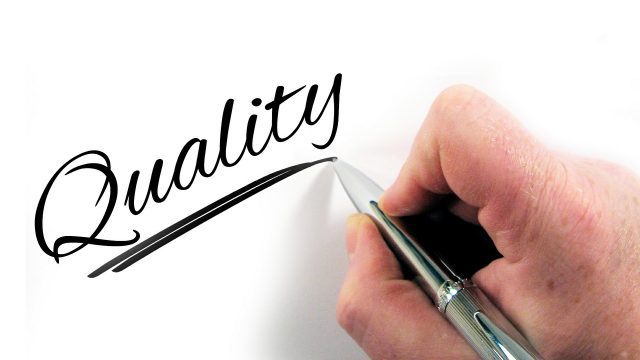SMEs and organizations of all sizes can benefit from aligning their operations with ISO 9001 for quality management. With respect to today’s competitive environment, quality is an important feature that enables companies to differentiate themselves from the competition. A company that has a quality management system according to ISO 9001 also signals to partners and customers that the quality aspect plays an important role in it’s business processes. This creates trust and helps companies to achieve an advantage in invitations to tender and in planned cooperations—especially when they have an ISO 9001 certificate.
The implementation and certification of a quality management system according to ISO 9001 not only has positive effects on the company’s external image, but also on the company itself. The management system supports the company’s strategic orientation and the achievement of corporate goals.
TÜV Rheinland Product Manager for ISO 9001 Nikola Lerch, said, “ISO 9001:2015 requires more clearly than previous versions that the goals associated with quality management and the defined quality policy are in line with the strategic orientation of a company.”
Therefore, the quality management system should not be understood as a separate system, but as a tool that helps companies to adhere to their strategic focus and achieve the desired results.
Many medium-sized companies have special know-how. The provision and safeguarding of knowledge and its development plays an important role here. ISO 9001 requires a quality management system that structures this know-how and makes it available to employees.
“In companies, knowledge is often based on experience and learning from mistakes or it is part of employees’ expert knowledge,” Lerch said. “A company that carries out some form of knowledge management secures this know how for itself. Thus making the company more flexible to changes.”
This is especially important if important employees or those with specific or expertise knowledge leave the company. It ensures that knowledge won’t leave the company because it is already identified, structured, and documented. A company can also react more quickly to future developments and market changes. It has a better overview and knows where knowledge is missing and can systematically close the gap with the help of internal or external sources.
“[By adhering to the requirements of ISO 9001], processes can be controlled more efficiently and goals can be achieved more easily,” Lerch said. “The company is also better equipped for future challenges.”

